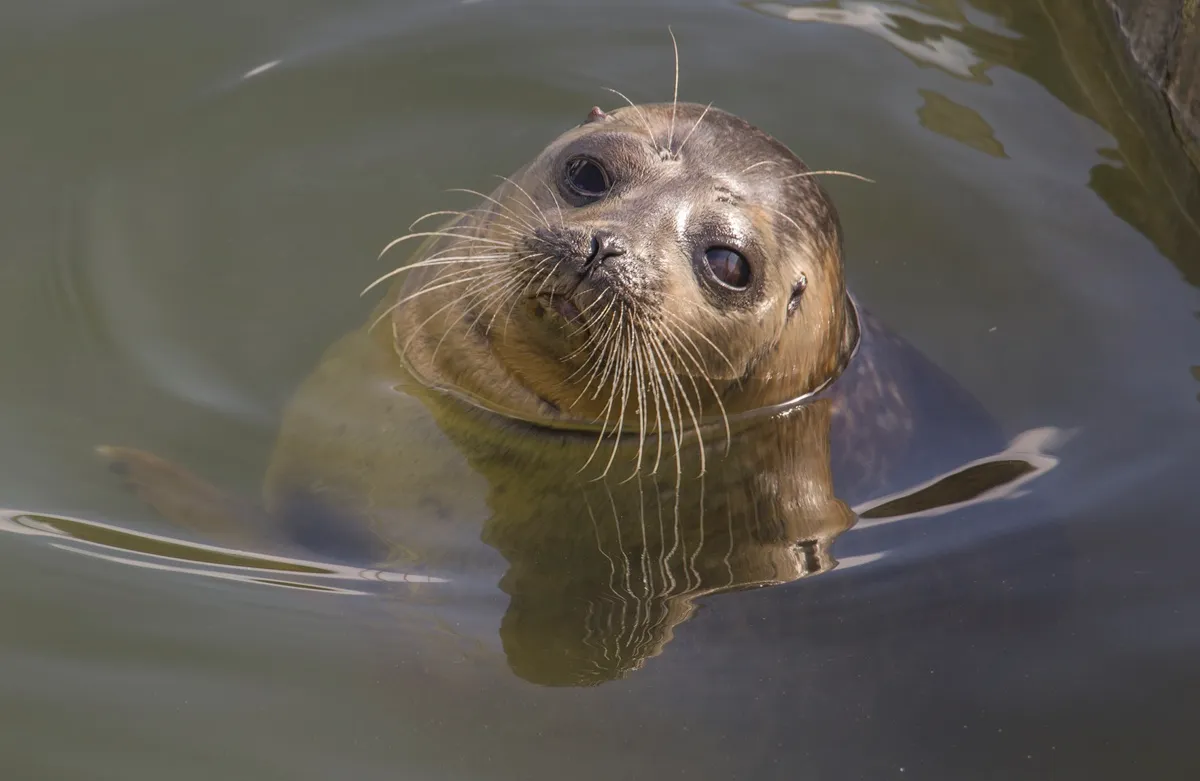What do you do?
I work in Operations and Guest Experience at the Cornish Seal Sanctuary, Gweek. My job involves helping to oversee the running of the sanctuary and look after the team of entertainments hosts.
Why is the Cornish Seal Sanctuary important?
We are fortunate enough to enjoy around 40 per cent of the world's population of grey seals in British waters. Females will haul out to give birth to pups on our shores between September - February. Sometimes, these pups can get into trouble due to wounds from marine litter, entanglement in fishing gear or malnourishment. Every release is a major success, with nearly 1300 pups released since the sanctuary opened.
The Cornish Seal Sanctuary receives calls from the public regrind pups and the animal care team will go out and asses the animal. If required, the pup will be brought to the sanctuary for recovery. the team tend to any health issues before integrating the pups with other seals to build their social and feeding skills. Once they reach their target weight, they are fitted with a flipper tag and released back into the wild.
Is it just grey seals the sanctuary cares for?
We also have sea lions, common seals, otters, penguins and rescued paddock animals. Every now and again we might see a species not native to the UK. This year, we met Muddy, rescued in Plymouth. Initially, she was believed to be a common seal, brought in due to a few wounds and malnourishment, but she was later identified as a Ringed Seal, a species commonly found in the arctic. It is quite spectacular as there have only been around a dozen ringed seals recorded in the UK over the last 200 years. She had travelled around 3000 miles, including through a busy shipping port, before she hauled out on a Devon slipway. the team are currently looking into her release, however previous attempts to release arctic species have not always been successful as they tend to return and need re-rescuing, but the sanctuary are positive about Muddy's future.

What are the biggest challenges for the sanctuary?
Rescuing pups can be expensive. It costs around £1,500 to rescue one pup, and with the sanctuary rescuing 60 plus seals per year, the figures can quickly add up. It is good fun organising events to fundraise for the pups, and we also raise money for other marine creatures and charities by holding events such as Otter Week and Penguin Week.
What are the sanctuaries greatest successes?
Every release is a success. The team has released nearly 1300 pups since the sanctuary opened. Day to day, I love seeing happy visitors, especially children. It is so important to get children interested in wildlife conservation, so I really enjoy chatting to those who have had a great day our, but have also learnt about marine conservation.
What is your favourite thing about your job?
The location is incredible; 42 acres, including woodland set on the Helford Estuary. I get to see amazing Cornish wildlife on a daily basis. A personal favourite experience for me was organising our first Conservation Evening during 2016, something we plan on doing annually. It was fantastic to organise an event that linked us to other local conservation groups and showcased conservations efforts in Cornwall.